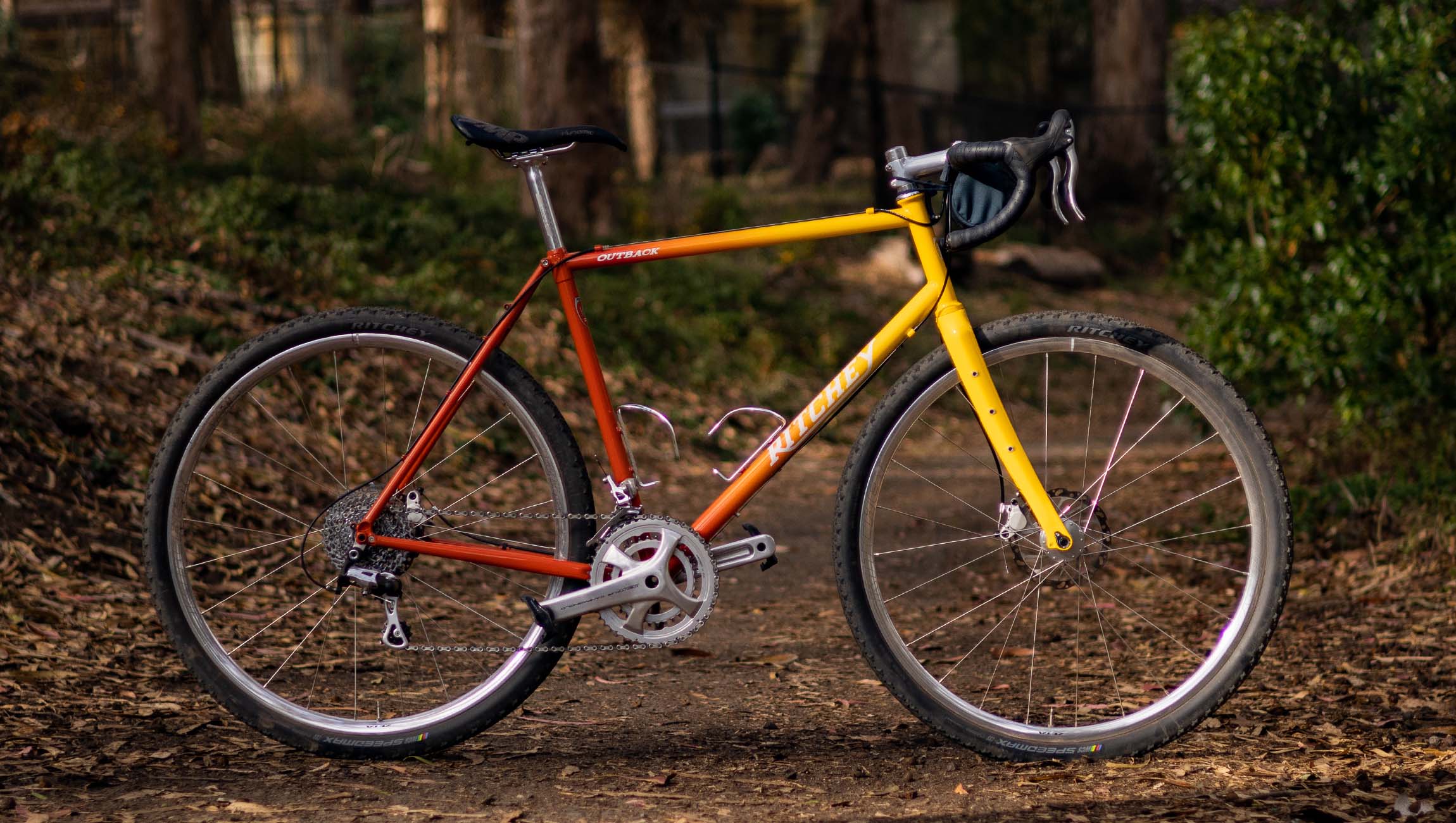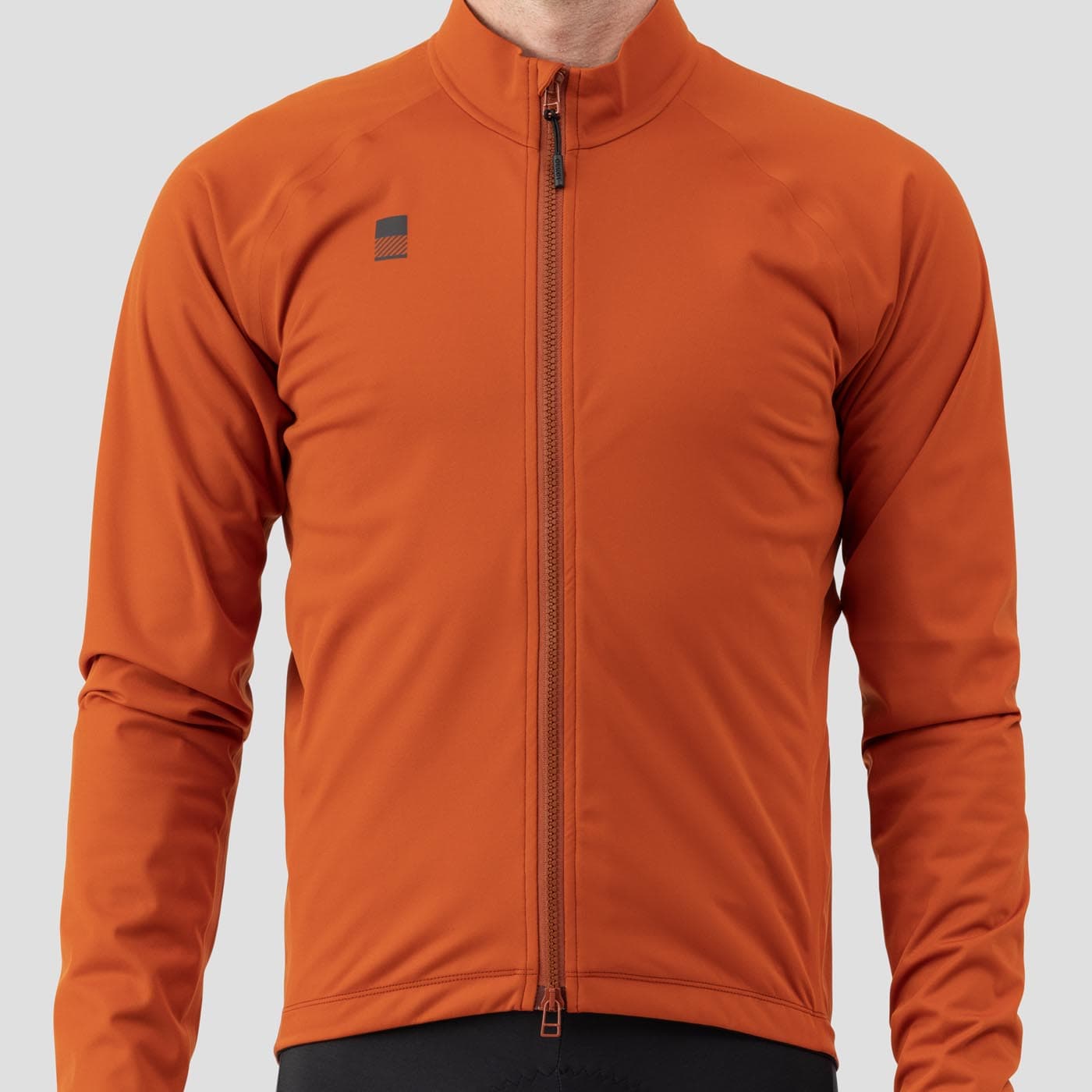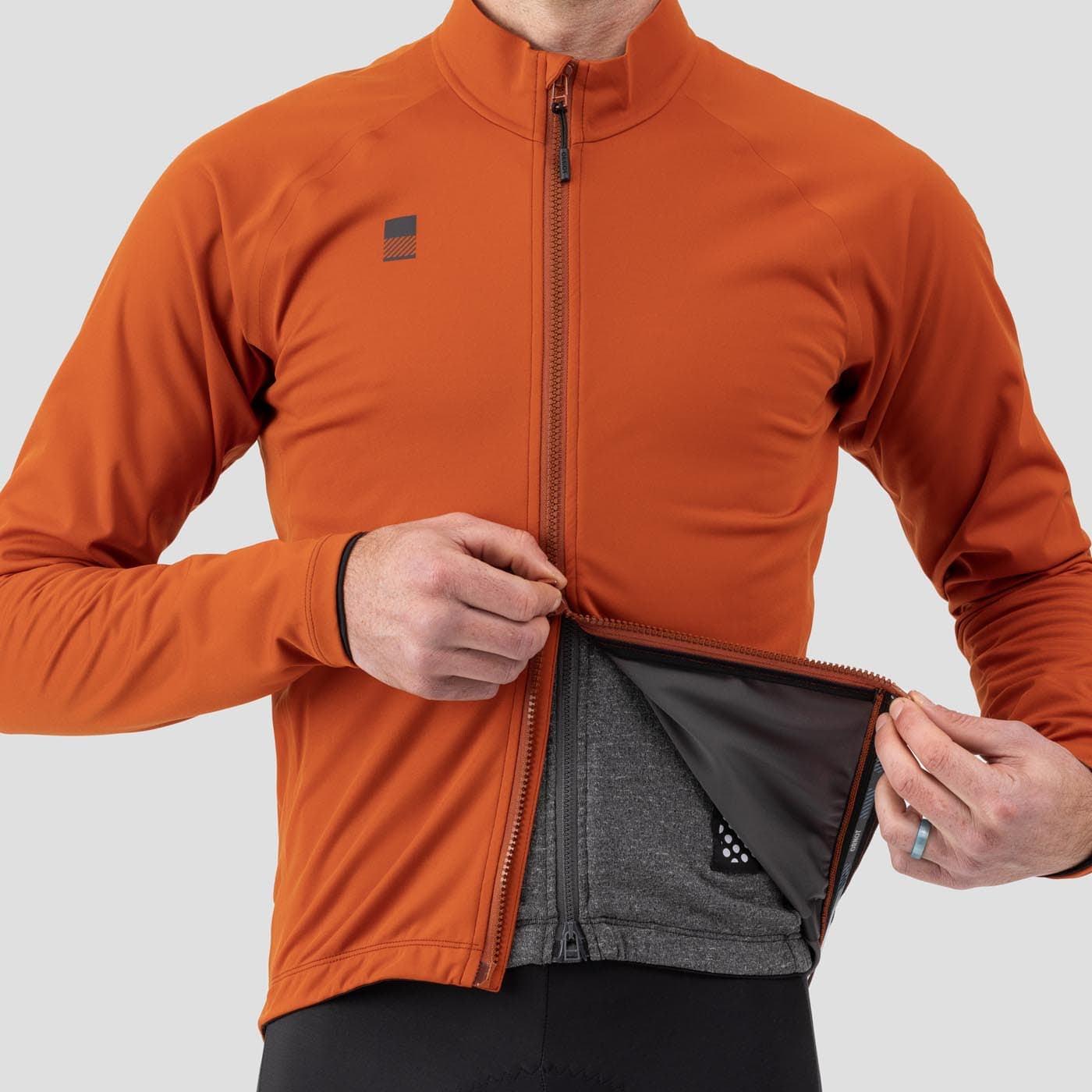The Ritchey Outback
tldr. Pros - Smooth ride and stable vibes. Cons - it may feel a bit “slow”
Background
I used to have the 2018 Ritchey Outback. I would still have that Outback if someone hadn’t broken into my garage to steal it. In 2018 two of us rode the (then) new Outback at Grinduro California and Grinduro Scotland, so we were pretty familiar it, so familiar with it that we published a review here. I enjoyed the way that bike rode, but it had one drawback, there wasn’t a “modern” amount of tire clearance. The old version maxed out around 42mm. That was pretty much my only gripe. The bike had long-ish chain stays and a slack head tube which translated into a smooth and stable ride especially with that magic steel ride quality.


The New One
Now, onto the updated (2021) Outback. Ritchey took everything that the old Outback had and supersized it. It can fit 700x50 tires! The chain stays are really long, almost longer than before, and maybe even approaching Rivendale territory. They also added eyelets all over the bike. So you can add racks, cages, more racks, bottles or whatever you'd like to bolt on. The only miss when it comes to eyelets is the lack of any fork crown attachment point which makes running a small front rack impossible.
This bike looks so different than the typical gravel bike most companies are making. Not only is it steel with a 1" head tube but it just looks so long!


The other bike
Let’s compare bikes. I have a Santa Cruz Stigmata (reviewed here). It can handle 700 x 48 tires, kinda like the Outback, but that’s just about the only thing they have in common. My stigmata is a pretty “quick” bike. Not so much the speed that it rides, but how fast it turns. This is quickness is dictated by the geometry. The chainstays on the Stigmata are short, which aid in its “quick” feeling. The Outback on the other hand is nothing but smooth. So smooth and stable. It just wants to cruise. It’ll cruise slowly, or like a bullet straight down a hill. Want to take your hands off the bars, no problem the outback is almost capable of self driving mode. Is there a steep technical climb? Not a problem at all due to the leverage from the long chainstays. The traction while climbing out of the saddle is one of the more noticeable aspects of this bike. Typically when climbing on loose surfaces out of the saddle, I’ll have to sort of shift my weight back to get traction, but with the outback, you just sort of stand up and the back wheel stays planted.

The caviet
So the Outback climbs well, it’s super smooth, it’s stable, sounds prefect! Yeah, I really like it, however, this bike does *feel* slow. It’s a demo bike built with campy Athena and weighs in at 23.5 lbs with no bottles, or bags. Just the bike and (light) pedals. I chalk most of the sluggish feeling up to the heavy groupset and the slow smooth geometry. While I’m not really a weight weenie, that extra 5 or 6 lbs between my stigmata and this bike really are apparent. Much more so than my old outback with SRAM Force. So, weight caveat aside, I think this bike would be amazing with a lighter build. If I haven’t mentioned it before, the bike is super smooth.

Up next
I ordered a frame and am waiting for parts to build it, which has taken a long time due to the lack of Shimano parts (waiting for GRX levers and calipers). Pretty curious to build it with some lighter parts and give it a go again. Stay tuned, Ornot.

























